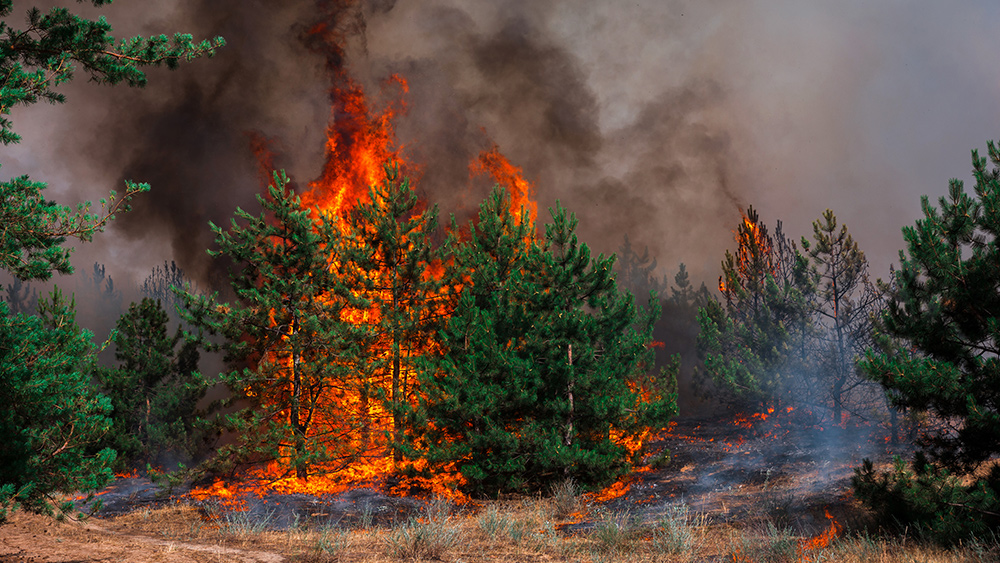
Tanya Cheeke, assistant professor of biology at WSU Tri-Cities, leads a team of graduate and undergraduate students in preserving native plant populations by transplanting fungi. Her research involves the use of mycorrhizal fungi to reinvigorate soil that has been overrun with invasive plant species, such as weeds.
Mycorrhiza refers to the association between plant roots and fungi. This relationship is symbiotic in nature and benefits both parties greatly. Mycorrhizal fungi live underground where they have little to no access to sunlight. They are also incapable of photosynthesis, so they cannot produce food – in the form of sugar – by themselves.
Photosynthesis is a biological process that plants are masters at. What extra sugar they produce in their leaves they send down to their roots where the fungal filaments – called the hyphae – are nestled. This donated sugar is consumed by the fungi to support their growth.
The hyphae are very fine structures that are able to cover large areas and creep into very tiny spaces, making them efficient gatherers of obscure nutrients in the soil. These nutrients, such as magnesium and phosphorus, are brought to the plants in exchange for sugar. The fungi also protect plants from diseases and toxins – some fungi are so efficient at this that they can turn toxic chemicals into harmless water and/or nutrients.
Some mycorrhizal fungi can cover large swaths of soil, connecting plants that are sometimes of different species, in an expansive network called a mycorrhizal network. This network of roots and fungi allows plants to exchange nutrients and even communicate with each other. Mycorrhizal networks have been compared to the internet – aptly called the “wood wide web” by biologists – but one located underground.
Mycorrhizal fungi play roles so important that most native plants depend on them for survival. Weeds, on the other hand, developed measures to make themselves hardier and better able to survive. These measures include a reduced dependence on mycorrhiza which, although beneficial to them, is often calamitous to native plant species.
Cheeke's team understands this, so they aim to transplant mychorrizal fungi to disturbed areas in hopes of stabilizing the soil and making it friendlier to native plant species.
"One way to improve native plant survival and growth in disturbed environments may be to inoculate seedlings with native soil microbes, which are then transplanted into a restoration site," she said. "We've been doing prairie restoration in Kansas for the past two years. Now, we're also doing something similar in the Palouse area in Washington."
The team has been examining the soil after planting microbe-laden seedlings to see how deep into the mycorrhizal fungi have infiltrated so far. They are using soil samples taken 0.5 m, 1.0 m, 1.5 m, and 2.0 m from the inoculation site as references.
"The results will be used to inform ecological restoration efforts aimed at improving the survival and growth of native plants in disturbed ecosystems," said undergraduate student Megan Brauner, one of the team members.
The research team is also looking to compare microbial changes in disturbed and pristine lands. They believe that data from this endeavor will allow for the creation of better soil restoration approaches, even ones that people can implement in their own environments.
To learn more about plants and fungi, visit Ecology.news.
Sources include:
Please contact us for more information.























